![]() 18 Dec 2023
18 Dec 2023
Sexual reproduction in plants involves the fusion of male and female gametes, promoting genetic diversity. This intricate process ensures the continuation of plant species and is crucial for adaptation and evolution.
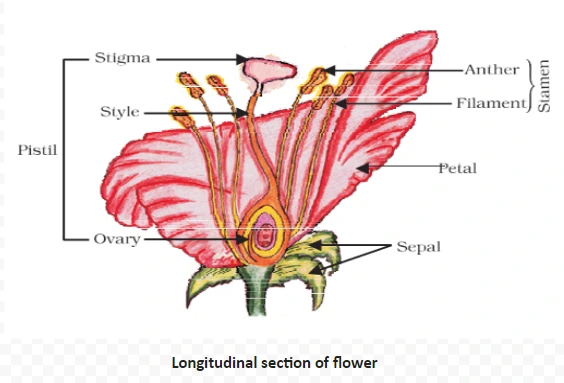
Pollination:

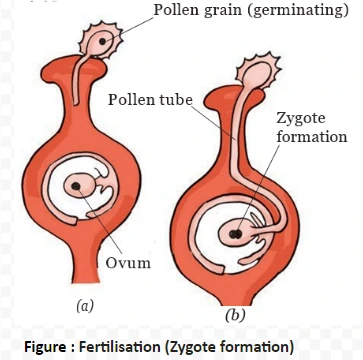
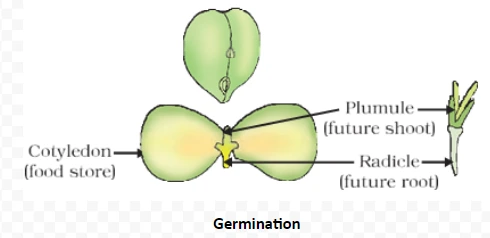
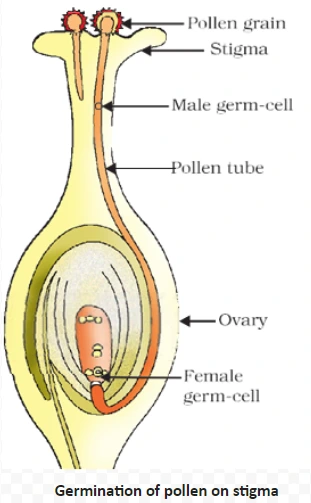
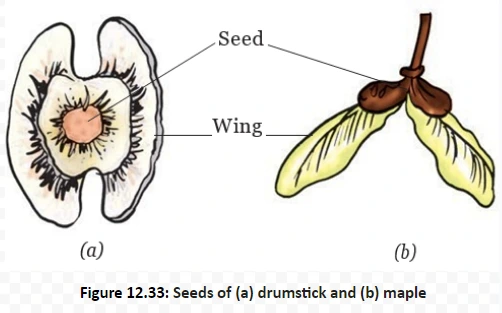
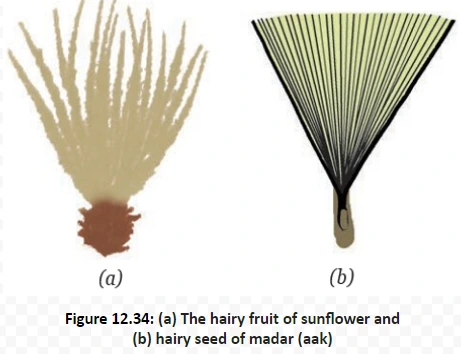
In conclusion, Sexual Reproduction plays a pivotal role in the life cycle of plants, influencing seed dispersal strategies. The intricate processes of fertilization and seed formation contribute to genetic diversity, aiding plants in colonizing new habitats and avoiding competition within their own progeny. Sexual Reproduction emerges as a fundamental force shaping the survival and distribution of plant species.
<div class="new-fform">
</div>